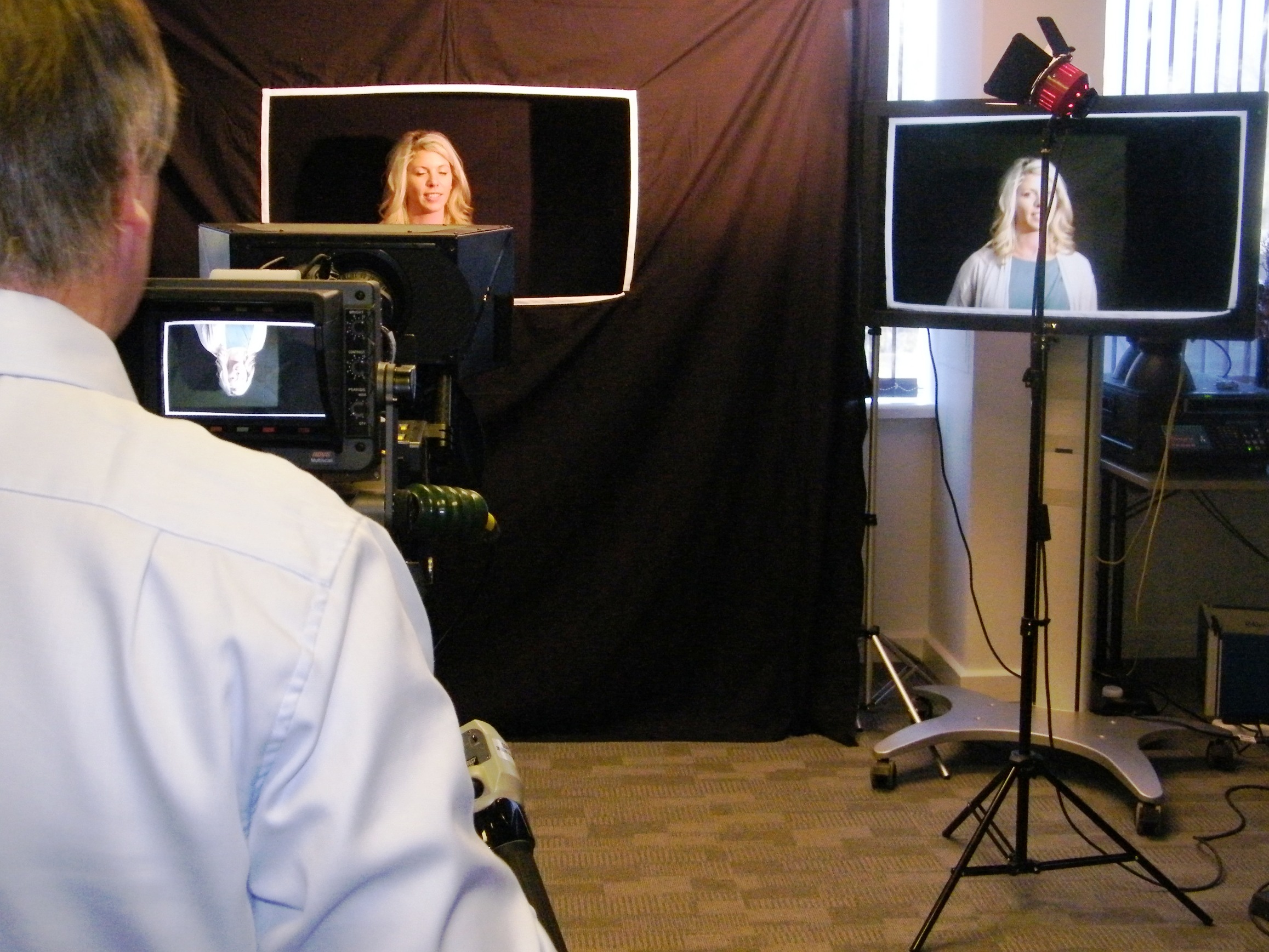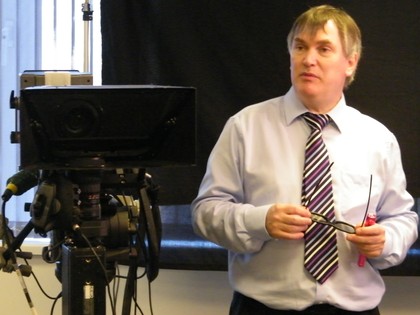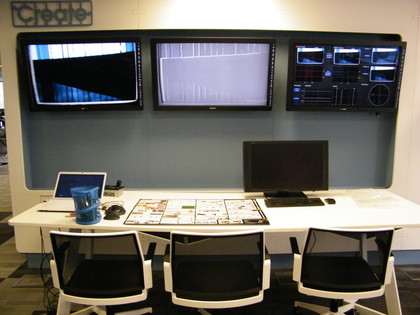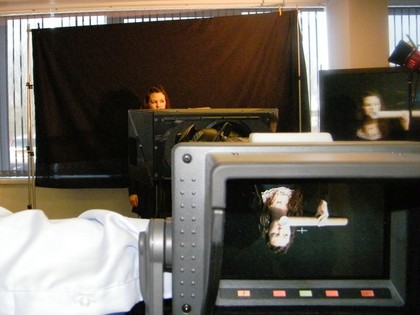Inside Sony's 3D filmmaking bootcamp
How videographers are being taught to shoot 3D

Back in January 2010, Sony announced the opening of a state-of-the art 3D filmmaking facility in Culver City, Los Angeles.
The Sony 3D Technology Centre was built to "train and nurture a community of experts in the rapidly growing market of 3D entertainment" and was created specifically for moviemakers looking to use 3D in their big-budget productions.
The UK hasn't got a facility on such a scale but Sony Professional has created its own 3D bootcamp, situated in Basingstoke, that's been developed to help train stereographers and camera operators in the ways of 3D.
It's aim is to equip them with the right skills required to ensure that live broadcasts in another dimension are a success.
TechRadar was lucky enough to take part in one of the 3D training days, which was a bite-sized version of the fundamental course, and found that with some of the best 3D equipment available, a rubber duck, bubbles and some stage smoke, you can learn a helluva lot about 3D filming.

Our trainer for the session was Paul Cameron – no relation to James – who has for the past 16 years trained the broadcast industry, and is now teaching all there is to know about 3D.
The courses on offer range from a one-day fundamentals course, a two-day rig alignment course, and a three-day operations and productions course – this is based on the systemisation of 3D.
Sign up for breaking news, reviews, opinion, top tech deals, and more.
And if you really want to learn the trade, there's a five-day craft course that does exactly what it says on the tin – looking at the complete craft and workflow of 3D.
In the course, Cameron explained that while 3D is nothing new its history with cinema has been eerily regular.
"Each 3D boom going through history is almost exactly 30 years, so each generation is trying out 3D again and finding out that 3D is uncomfortable to watch.
"Each boom failed as the tech wasn't there and the content wasn't of a good quality.
"The tech is nearly there now. Although consumers would like the cost of the glasses to go down and the ability to watch 3D without glasses, we are getting there.
"But, the biggest thing for us now is making the production process as good as it can be."

It is this production process that the course hopes to explain. From shooting the footage to outputting it to OB trucks, the facility not only outlines the processes but gives you hands-on experience with the equipment on offer.
In the workshop we used a bottom-mount rig with two HDC-1500 cameras attached to it. This is the rig used when shooting football, as it has a low centre of gravity and, unlike a top-mounted rig (where a second camera is placed vertically on to to the top-half of the rig), it doesn't obscure any viewing angles in a stadium.
The most expensive part of the rig is the mirror in the middle. It is semi silvered and reflects light into one camera and allows light into the other.
Interestingly, cameras with CMOS sensors react badly to 3D rigs. This is because a CMOS sensor scans the lines of a picture individually. Given that one image is inverted and needs to be inverted back, this can cause problems as you have one camera scanning top to bottom, the other bottom to top.
What you end up with is a very wiggly picture, but there is a fix - you turn both cameras around, so both are scanning vertically. Unfortunately, there is still a weird leaning effect on the image.

The rig also allows you to easily play around with the 3D, as you can have the inter-axial (distance between the cameras) start from zero and increase it from there.
According to Cameron, cameras further apart add greater volume to the 3D; squeeze them together and 3D is shrunk.
Although the HDC-1500 is a Sony camera, Cameron assures that the course is company agnostic and it is all about the techniques taught than the technology used.
In the relatively new world of 3D shooting there have been two new jobs created: the convergence puller and stereographer.
The stereographer is in charge of the whole 3D process, while the convergence puller makes sure that the 3D is at an acceptable level throughout the production. So they continually check the inter-axial and convergence of the 3D.
According to Cameron, the biggest problem with filming 3D is the depth. If you have too much you will have objects popping too far out of the screen. Lucky, there is some sophisticated software used to make sure this type of thing doesn't happen on live broadcasts.

Marc Chacksfield is the Editor In Chief, Shortlist.com at DC Thomson. He started out life as a movie writer for numerous (now defunct) magazines and soon found himself online - editing a gaggle of gadget sites, including TechRadar, Digital Camera World and Tom's Guide UK. At Shortlist you'll find him mostly writing about movies and tech, so no change there then.